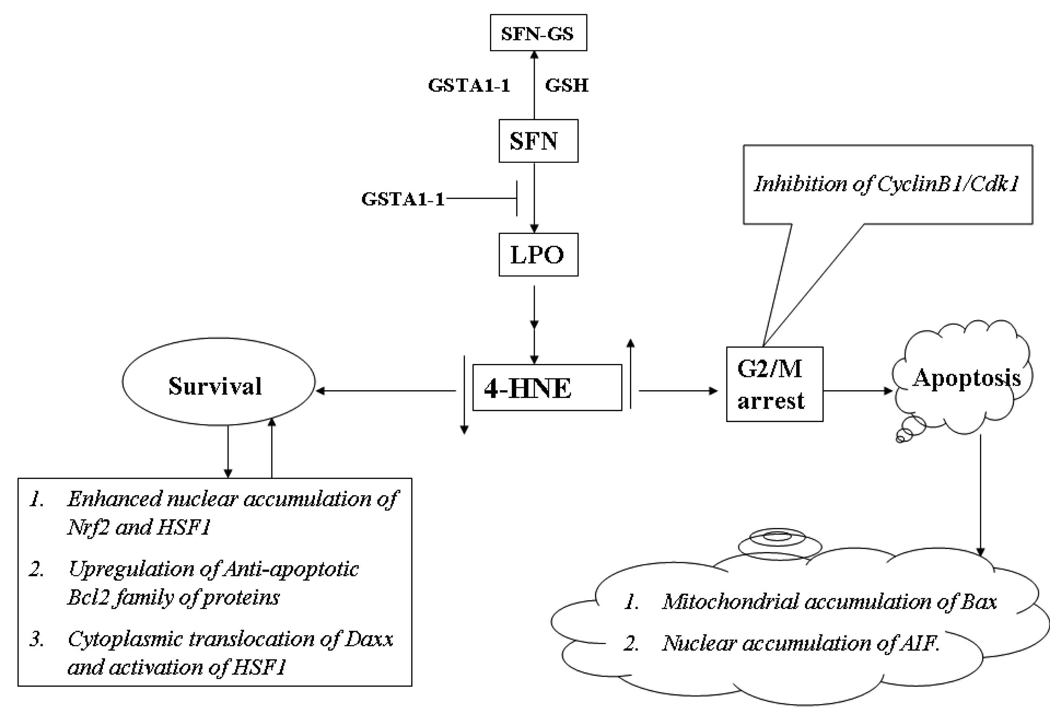Fig. 7. A theoretical model for the mechanisms by which SFN-induced generation and accumulation of 4-HNE affects signaling for cell cycle arrest and apoptosis and inhibition of these effects of SFN by GSTA1-1.
The model illustrates that treatment of cells with SFN causes enhanced LPO-induced accumulation of 4-HNE which contributes to SFN-induced cell cycle arrest in G2/M phase through inhibition of cyclin B1 and cdk1, and apoptosis via down regulation of anti-apoptotic Bcl-xL, increased translocation of proapototic Bax to mitochondria, increased accumulation of AIF to nucleus and cytoplasmic release of cytochrome C. These SFN-induced effects are inhibited by the enforced expression of GSTA1-1 in cells. The over expression of GSTA1-1 limits the formation of 4-HNE by reducing upstream LPO products, which leads to the up regulation of Bcl-xL, facilitated cytoplasmic export of the transcription repressor Daxx accompanied by enhanced nuclear accumulation of the transcription factors Nrf2 and HSF1, and activation of the associated stress responsive antioxidant and heat shock proteins.

